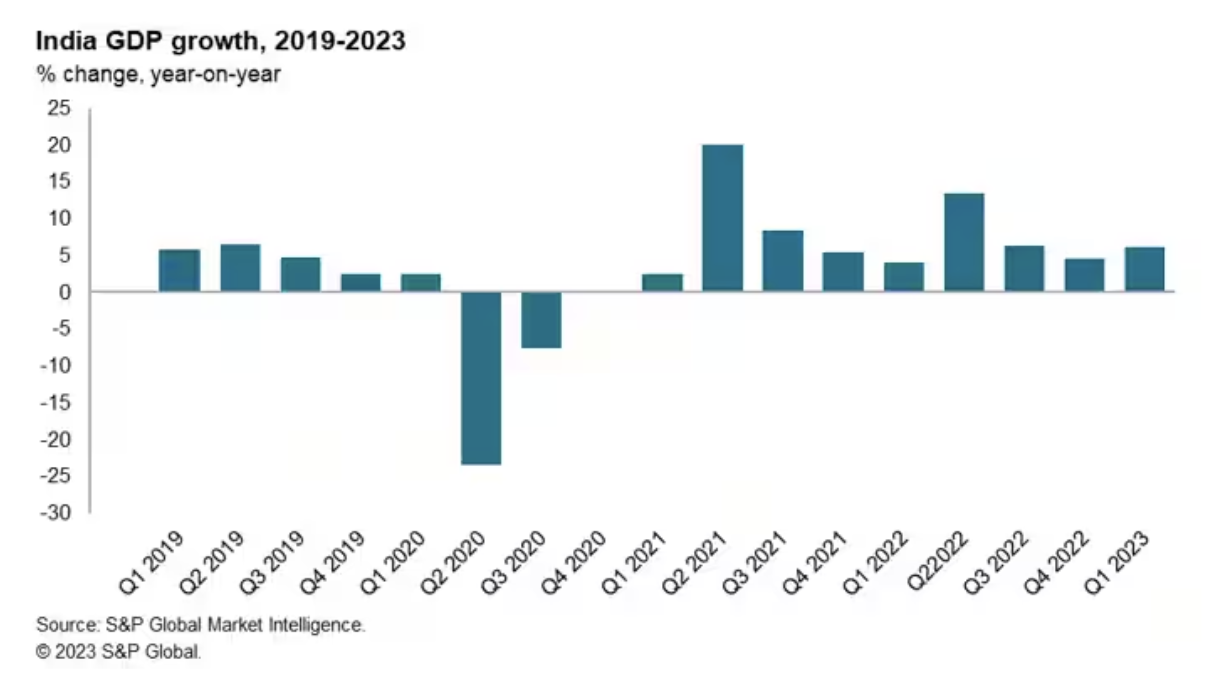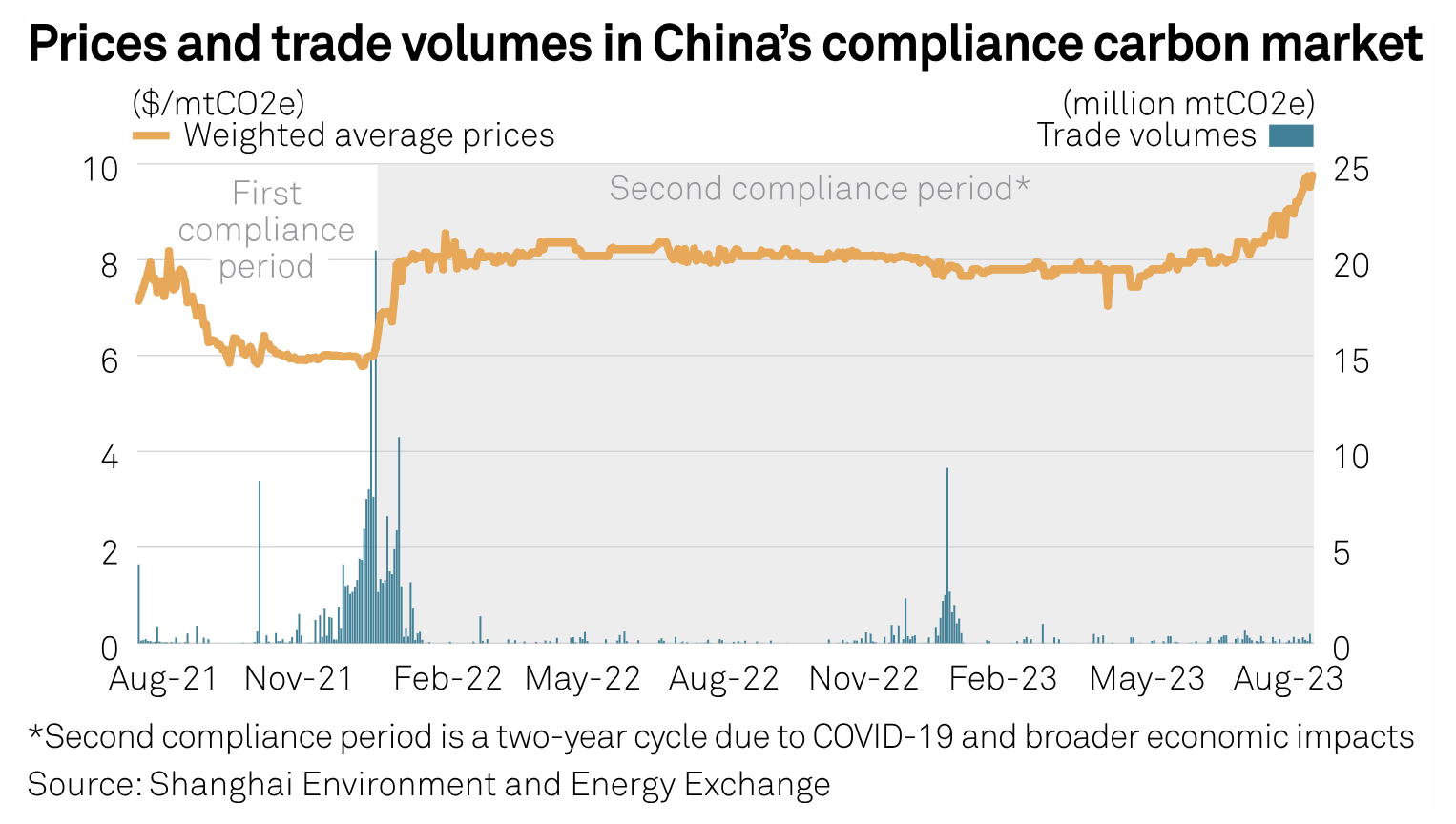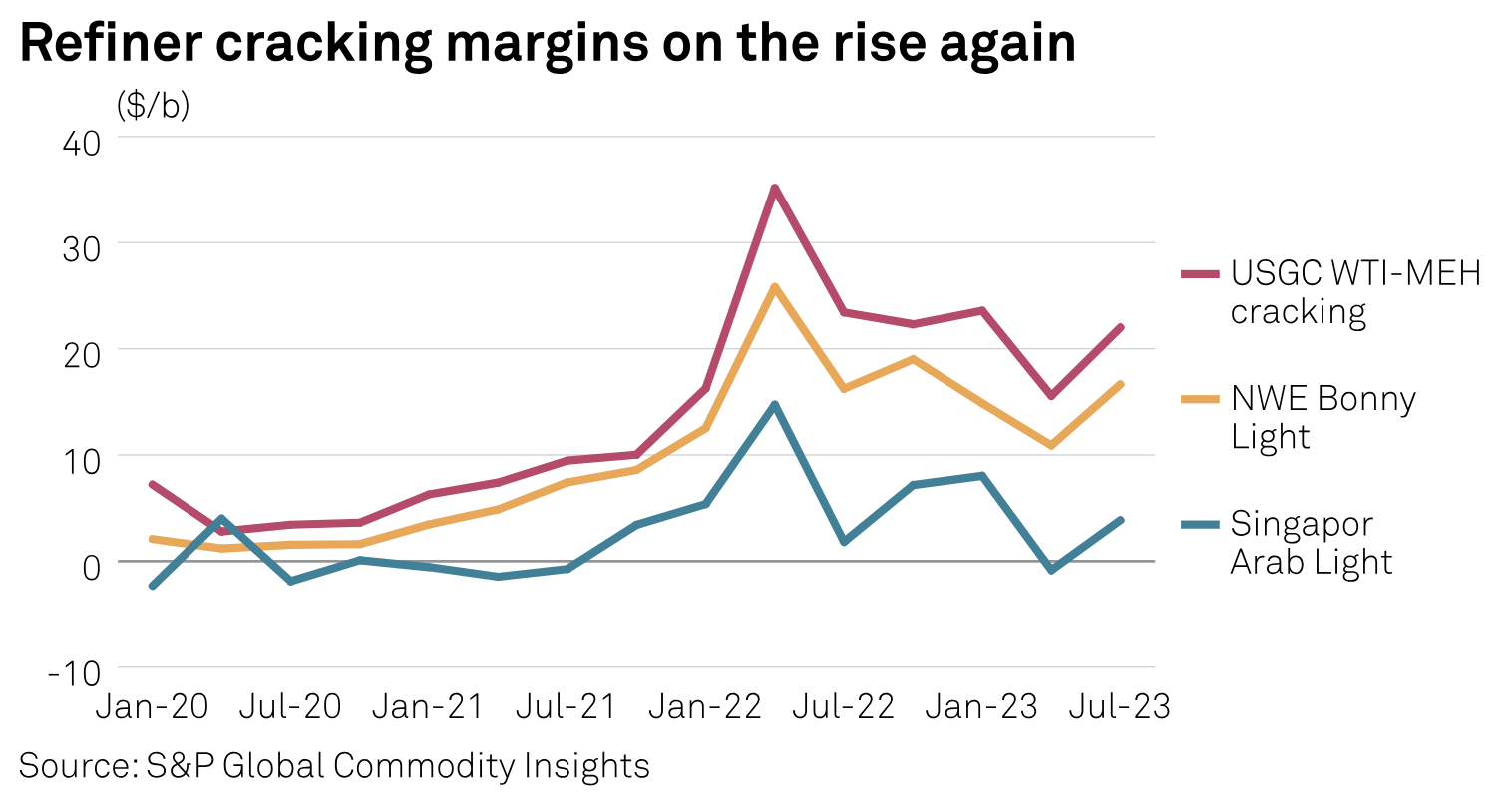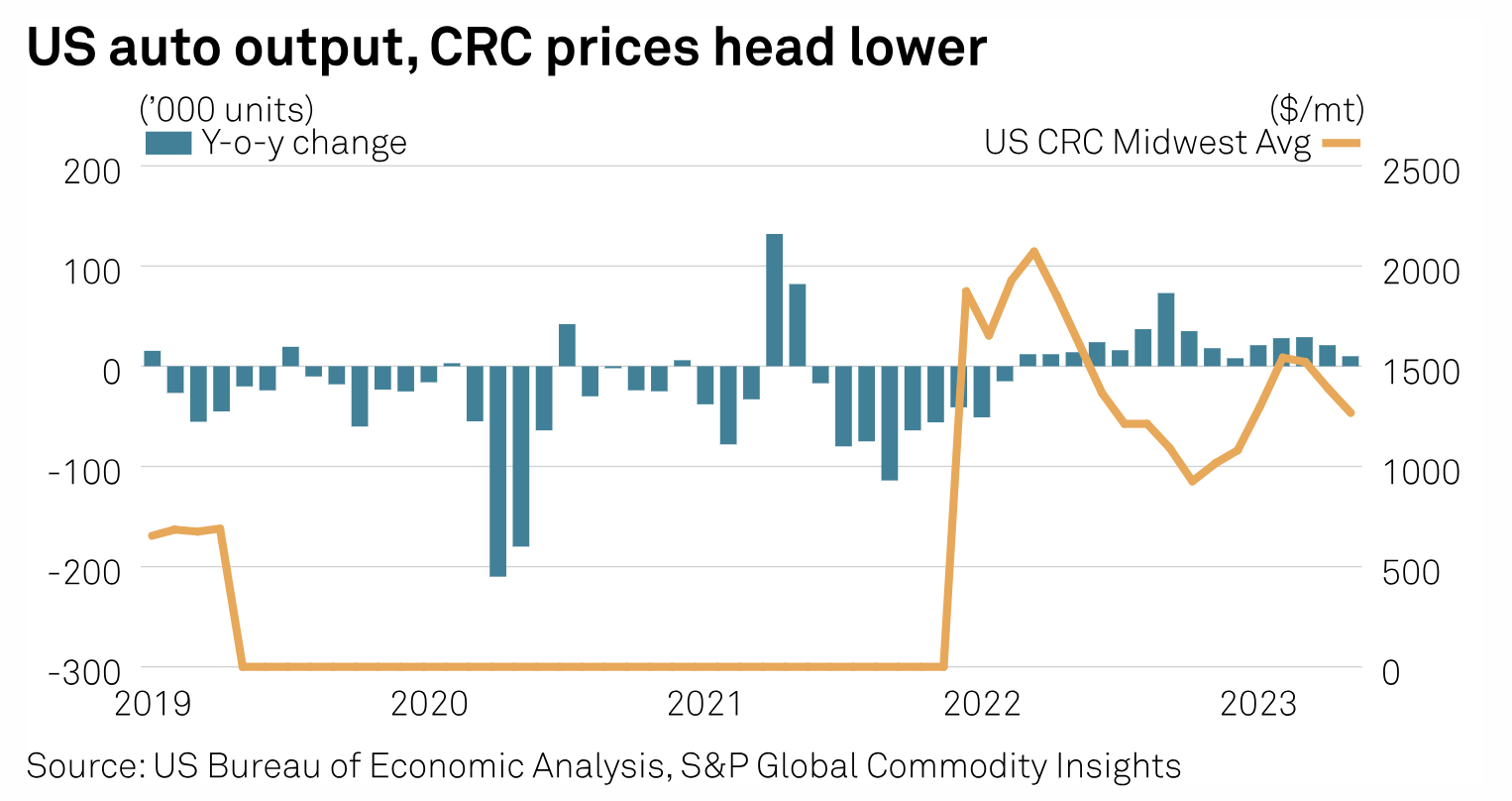S&P Global Offerings
Featured Topics
Featured Products
Events
S&P Global Offerings
Featured Topics
Featured Products
Events
S&P Global Offerings
Featured Topics
Featured Products
Events
Featured Products
Ratings & Benchmarks
By Topic
Market Insights
About S&P Global
Corporate Responsibility
Diversity, Equity, & Inclusion
Investor Relations
Featured Products
Ratings & Benchmarks
By Topic
Market Insights
About S&P Global
Corporate Responsibility
Diversity, Equity, & Inclusion
Investor Relations
S&P Global Offerings
Featured Topics
Featured Products
Events
Language
S&P Global — 21 Aug, 2023 — Global
By S&P Global
Start every business day with our analyses of the most pressing developments affecting markets today, alongside a curated selection of our latest and most important insights on the global economy.
How EU Banks Show Resilience in Stress Tests
European banks are poised to handle more challenging conditions, including a global recession, persistent inflation and rising interest rates.
Results of the latest stress tests conducted by the European Banking Authority (EBA) and the European Central Bank underscore the banking industry's overall resilience to a severe deterioration in asset quality and market shocks, with participants faring better under tougher assumptions than in the 2021 exercise, according to an S&P Global Ratings report. Following the same approach and using the same baseline and adverse scenarios, the EBA's stress test covered 70 banks from 16 EU and European Economic Area countries, representing approximately 75% of the EU's banking assets. The European Central Bank's test covered another 41 institutions.
Under an adverse scenario, the EBA stress test showed that banks' aggregate common equity Tier 1 capital ratio — which compares capital against assets — would drop 459 basis points to 10.4% in 2025 from 15.0% at the end of 2022.
According to S&P Global Ratings, these results are "broadly similar" to those of the 2021 exercise, despite much harsher conditions, including a severe global recession, higher-for-longer inflation, increasing interest rates, and higher credit spreads and unemployment.
Rocio Falcones, senior director at consultancy Alvarez & Marsal, attributed banks' "very good resilience" to improved credit quality since the previous stress test and higher net interest income, according to an S&P Global Market Intelligence report.
The EBA pointed to the increase in credit risk losses as the main negative contributor to common equity Tier 1 ratios, with exposures to corporates and small and medium-sized enterprises accounting for most credit losses. On a sectoral level, exposures to the hospitality and construction industries are the biggest threat to asset quality, leading to the highest loss rates in the adverse scenario.
The impact from credit risk, however, is lower than in the 2021 stress test, mitigated by banks' having better asset quality at the start of the 2023 exercise and higher provision overlays, according to the EBA.
The stress test results are largely in line with S&P Global Ratings' view that capital buffers and higher profits have boosted the resilience of European banks.
In a January report, the rating agency's expectation was that European banks will continue to be "comfortably profitable" if they can learn to deal with an economic environment that includes higher-for-longer inflation, tighter funding conditions and lower economic growth. While risks could emerge, the sector will "prove resilient and a source of stability for the economy" thanks to banks’ strong capitalization and liquidity levels.
On asset quality, S&P Global Ratings expects only a moderate deterioration in 2023.
Today is Monday, August 21, 2023, and here is today’s essential intelligence.
Written by Jasmine Castroverde.
India's Economy Continues To Show Strong Growth In Mid-2023

After rapid economic growth of 7.2% in the 2022-23 fiscal year, economic momentum has remained strong in the first half of 2023. The S&P Global India Services PMI Business Activity Index for July signaled continued rapid expansion in output and new orders, while July's Manufacturing PMI survey also showed strong expansionary conditions.
—Read the article from S&P Global Market Intelligence
Access more insights on the global economy >
Top 20 Global Reinsurers Can Ride Out Unrealized Losses

Higher interest rates haven't been all good news for reinsurers. While sharp rate increases in the past 18 months have benefitted reinsurers' investment income in 2023 and beyond, they also led to a material decline in the fair valuation of fixed income investments held on their balance sheets and, in turn, their shareholders' equity positions. For the top 20 global reinsurers, shareholders' equity dropped by 20% at year-end 2022 compared with a year earlier, reflecting in part the imbalanced accounting treatment between the valuation of assets and liabilities.
—Read the report from S&P Global Ratings
Access more insights on capital markets >
Economics & Country Risk: Ep. 180 — Nearshoring To Mexico: The Supply Chain Story
In our three-episode series on nearshoring to Mexico, hear the story behind the attraction and how long the love affair may last. The series started with an overview of the economic and geopolitical risks and opportunities in episode one. It then delved into the operational side in episode two. And in this, the final episode in the series, tells the supply chain story.
—Listen and subscribe to Economics & Country Risk, a podcast from S&P Global Market Intelligence
Access more insights on global trade >
China's Compliance Carbon Price Hits Record High On Stronger Demand

Prices in China's national compliance carbon market hit a record high as companies moved early to buy compliance emission allowances, or CEAs, to avoid the year-end rush to meet their obligations, according to market participants. The weighted average CEA price reached an all-time high of Yuan 70.10/mtCO2e ($9.73/mtCO2e) on Aug. 17, according to Shanghai Environment and Energy Exchange data. This was a 36.8% increase from Yuan 51.23/mtCO2e on July 16, 2021, when China's national compliance carbon market was launched, and 27.5% higher than prices at the start of the year.
—Read the article from S&P Global Commodity Insights
Access more insights on sustainability >
US Refining Margins, Cracks Remain Strong, But Refiners' 'Platinum Age' Losing Some Luster

A look at US refiners' second quarter earnings shows quarterly refinery margins hovering just under 2022's record highs, and with global demand growth for transportation fuels outpacing new capacity additions, margins will remain robust for at least the next year. Net supply additions have lagged demand growth, leading to a sustained period of market tightness, and "these trends are prolonging a period of unusually high margins, which we have termed the 'Platinum Age' of refiners," S&P Global Commodity Insights said.
—Read the article from S&P Global Commodity Insights
Access more insights on energy and commodities >
Around The Tracks: Auto Sector's H1 Gains Ride On Low-Base Effect

Automakers reported higher year-on-year sales and production in the first six months of 2023, compared with year-ago figures when they were reeling from the effects of COVID-19 restrictions and tight supply of semiconductor chips and automotive parts. Although several automakers saw chips supply ease, vehicle producers still faced supply disruptions for systems using semiconductors. Headwinds existed in the form of higher vehicle prices and weaker credit conditions. For instance, the US dealt with a mini-banking crisis while Europe had its dilemma with Credit Suisse.
—Read the article from S&P Global Commodity Insights

